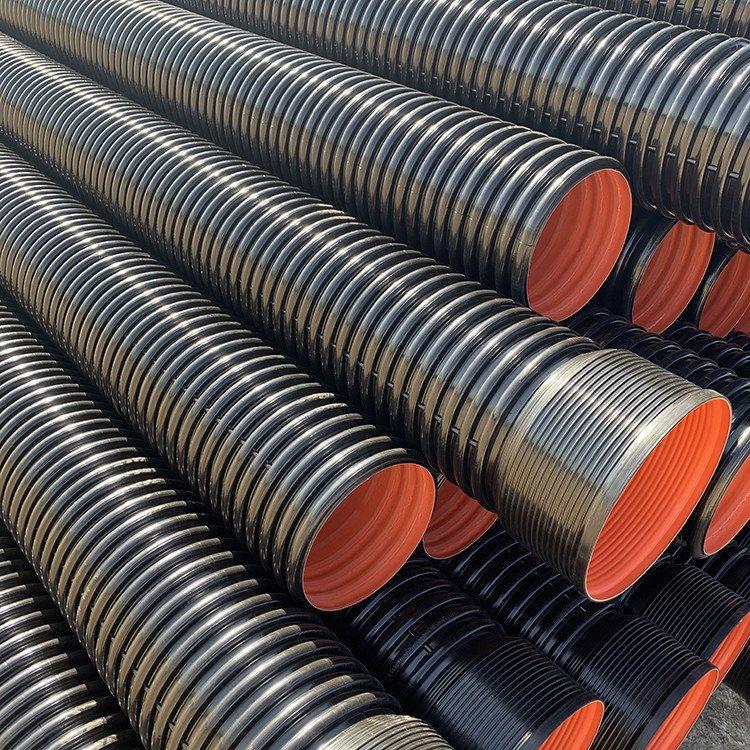Aug . 07, 2024 08:40 Back to list
Current Pricing and Options for 2.5-Inch HDPE Pipe Products in Various Applications
The Cost and Benefits of 2.5-Inch HDPE Pipe An Essential Guide for Consumers
In the realm of plumbing and irrigation systems, the choice of materials plays a crucial role in determining the efficiency and durability of the entire installation. High-Density Polyethylene (HDPE) pipes have gained significant popularity in recent years due to their unique properties and benefits. In this article, we will delve into the price and advantages of 2.5-inch HDPE pipes, equipping consumers with the knowledge needed to make informed decisions.
Understanding HDPE Pipe
High-Density Polyethylene (HDPE) is a thermoplastic polymer known for its high strength-to-density ratio. When manufactured into pipes, HDPE becomes an ideal solution for a variety of applications, including water supply, wastewater management, irrigation, and more. The 2.5-inch diameter is particularly versatile, making it suitable for small to medium-scale projects.
Current Market Prices
As of October 2023, the price of 2.5-inch HDPE pipes varies based on several factors, including the quality, manufacturer, location, and market demand. On average, prices can range from $0.55 to $1.20 per linear foot. It is crucial to consider that bulk purchasing often leads to significant discounts, which can be beneficial for contractors or businesses planning larger projects.
Moreover, additional costs may arise from installation and maintenance, so a comprehensive budget should take these factors into account. Consumers are encouraged to shop around and compare prices from multiple suppliers to ensure they are getting the best deal without compromising on quality.
Advantages of 2.5-Inch HDPE Pipes
2.5 inch hdpe pipe price products

1. Durability HDPE pipes are known for their resilience and long lifespan, often exceeding 50 years. They resist corrosion, abrasion, and impact, making them ideal for various environments.
2. Flexibility Unlike traditional materials such as PVC or metal pipes, HDPE is highly flexible, allowing for easier installation, especially in complex terrains. This flexibility also reduces the likelihood of fractures or leaks under pressure.
3. Resistance to Chemicals HDPE pipes can withstand a wide range of chemicals, making them suitable for industrial applications where exposure to harsh substances is commonplace.
4. Lightweight Nature Being significantly lighter than other materials, 2.5-inch HDPE pipes are easier to handle and transport, ultimately reducing labor costs during installation.
5. Environmental Impact Many manufacturers offer HDPE pipes created from recycled materials, contributing to sustainability efforts. Additionally, HDPE’s long lifespan means fewer replacements are required, collectively leading to reduced environmental waste.
6. Lower Installation Costs The ease of installation due to their lightweight and flexible nature can lead to lower labor costs. Furthermore, the ability to join pipes through fusion welding creates a seamless connection, minimizing the potential for leaks.
Conclusion
The 2.5-inch HDPE pipe is an excellent choice for those looking to invest in a reliable and long-lasting solution for various plumbing and irrigation needs. While prices may vary based on different factors, the long-term benefits of HDPE—such as durability, flexibility, and cost-effectiveness—often outweigh the initial investment. As always, researching multiple suppliers and considering the overall project requirements will help consumers make the best choice for their specific needs. By understanding the value proposition of 2.5-inch HDPE pipes, consumers can confidently move forward with their projects, knowing they are making a smart investment.
-
High-Quality PVC Borehole Pipes Durable & Versatile Pipe Solutions
NewsJul.08,2025
-
High-Quality PVC Perforated Pipes for Efficient Drainage Leading Manufacturers & Factories
NewsJul.08,2025
-
High-Quality PVC Borehole Pipes Durable Pipe Solutions by Leading Manufacturer
NewsJul.08,2025
-
High-Quality PVC Borehole Pipes Reliable PVC Pipe Manufacturer Solutions
NewsJul.07,2025
-
High-Quality UPVC Drain Pipes Durable HDPE & Drain Pipe Solutions
NewsJul.07,2025
-
High-Quality Conduit Pipes & HDPE Conduit Fittings Manufacturer Reliable Factory Supply
NewsJul.06,2025

